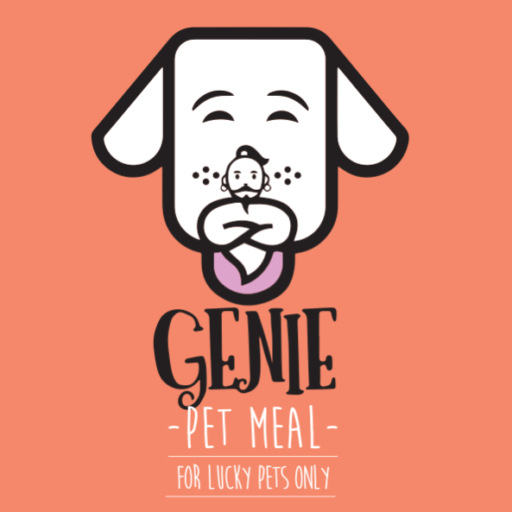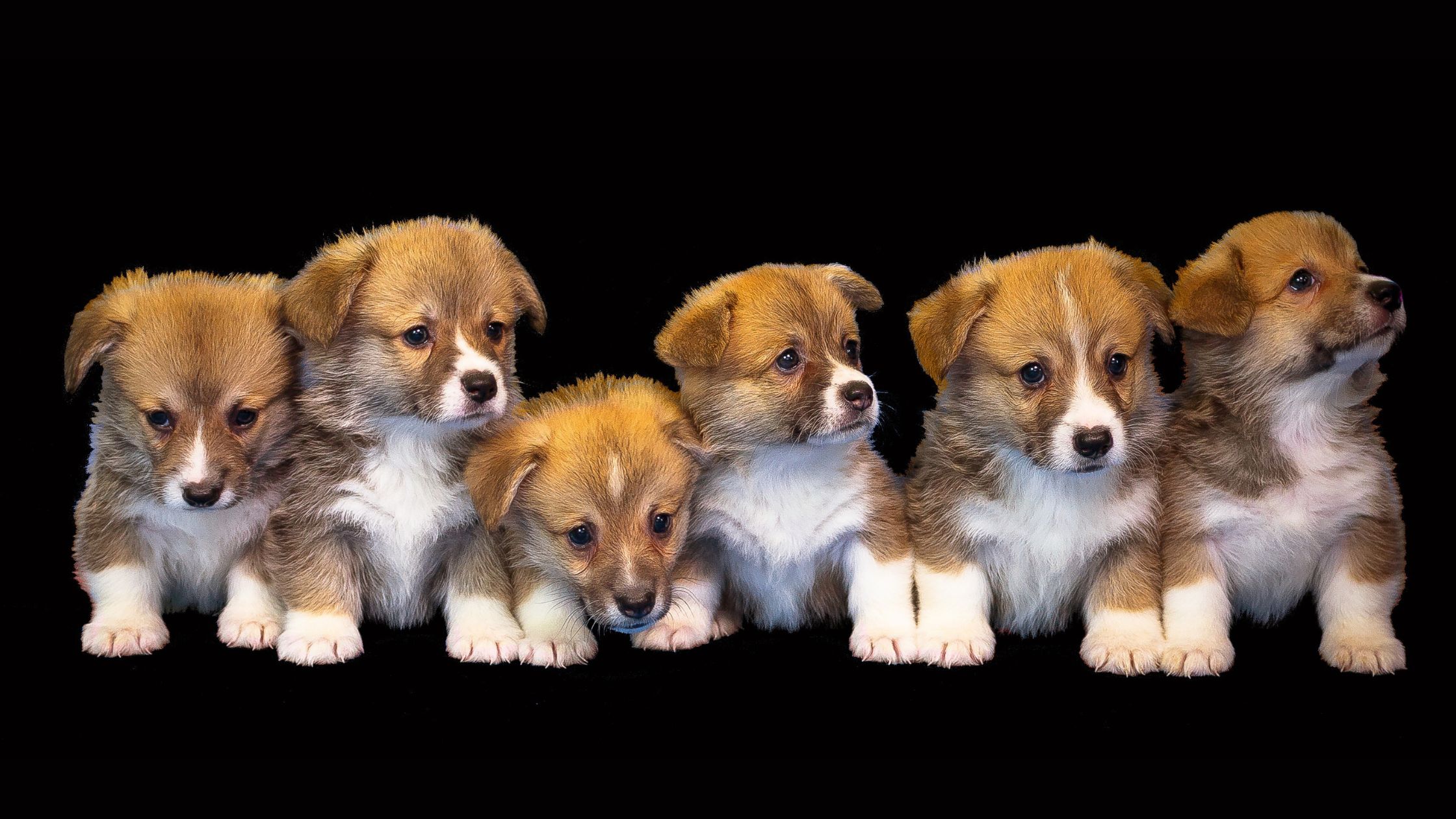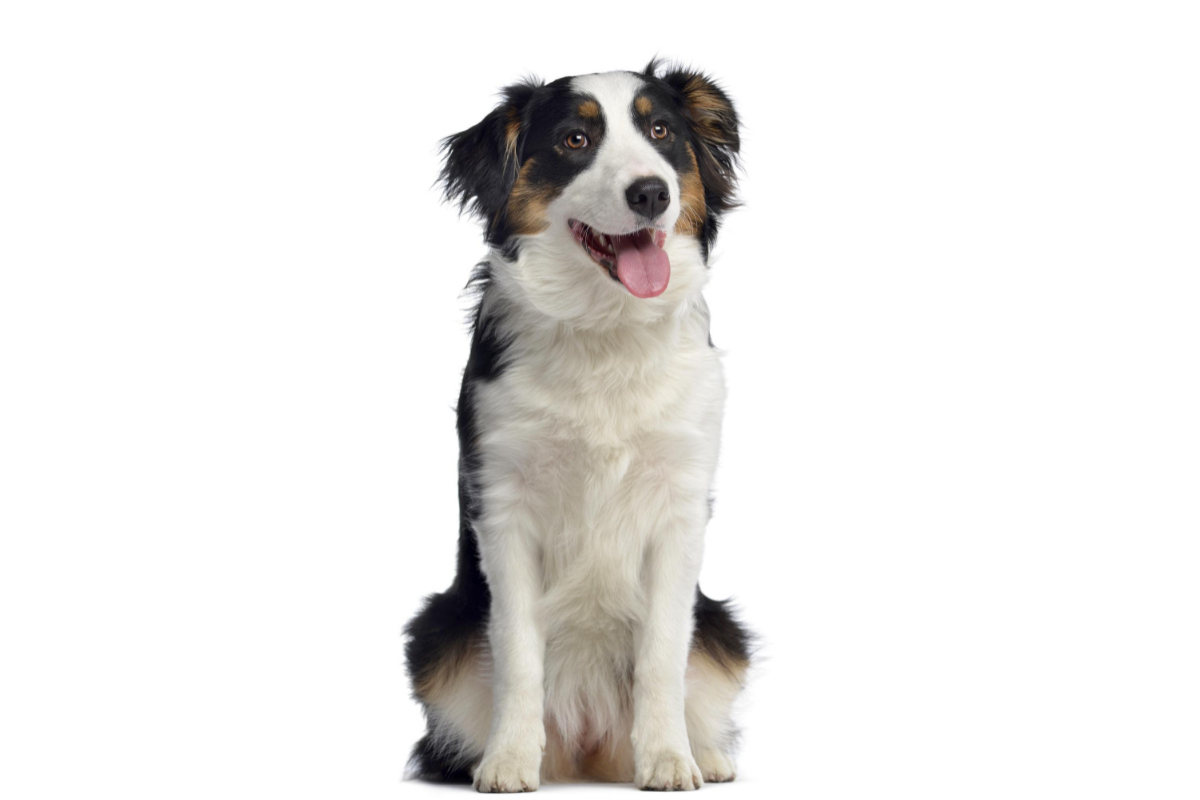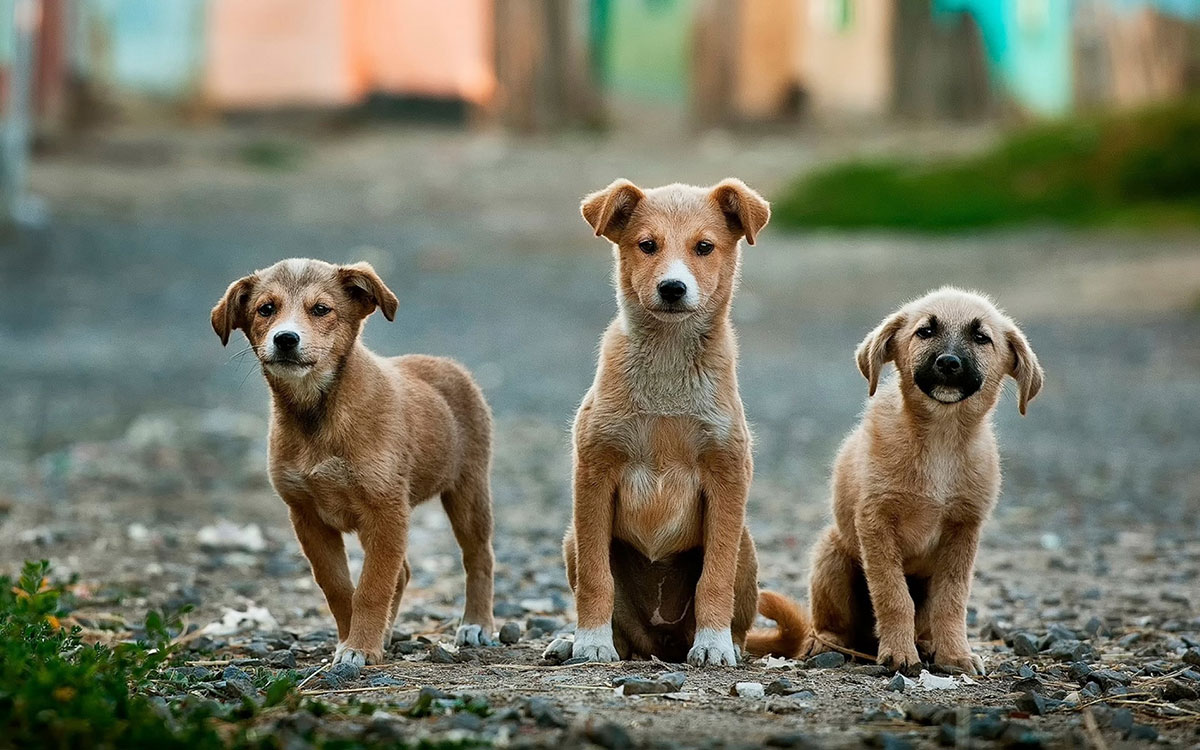Inbreeding of Dogs: What You Need to Know
What is Inbreeding of Dogs?
Inbreeding is the practice of breeding dogs with relatives and immediate bloodlines. In other words, many breeders unethically breed the dogs within the family such as mother, father, grandfather, grandmother, uncle, aunt, brother, sister, cousins, second cousins and a combination of any of the above to create offspring.
It is a terrible way to breed and it is a very common practice among backyard breeders. It is believed that more than 30% of the dogs are inbred.
There are two types namely close inbreeding and line inbreeding. Close inbreeding involves mating between first degree relatives and even between second degree relatives.
Linebreeding involves the mating of animals that are not so closely related but have at least one common ancestor.
It is done so that the breeder does not buy other dogs and the pups that are unsold can be used to repeat the breeding process.
Problems with inbreeding
- Breathing problems– Deliberately breeding dogs to have a short stature predisposes them to painful health problems. Inbred dogs with flat faces may have breathing problems because their airways are narrow and twisted abnormally.
- Inherited disorders– Inbred dogs share similar genetic pools, so if both parents have faulty genes, their puppies are at a higher risk of inheriting them. This is known as ‘Autosomal Recessive Disorder’.
- Cancer– Inbred dogs may have a higher risk of developing genetically related cancers.
- Shorter lifespan– Dogs may have a shorter life expectancy than normal. Inbreeding not only affects canine lifespan via an increased likelihood of dying of inherited diseases but also more generally in a cumulative way.
- Genetic abnormalities and infertility – Inbreeding can lead to genetic abnormalities and infertility which can impact population growth, adaptability and survival. Homozygosity of defect genes can cause defects of sexual organs. Also, hormonal imbalances due to unspecified inbreeding depression or defects in genitals may have an impact on fertility.
- Reduced gene pool– Inbreeding can lead to a reduced gene pool making it more difficult to produce new varieties of offspring in the future. As gene pools shrink, dogs become more closely related to one another, inbreeding increases and often health and longevity in the breed simultaneously decreases.
- Blindness or deafness– Inbred dogs are more likely to be partially or completely deaf or blind. When two dogs heterozygous with Merle (MM) are bred, 25% will end up with the MM genotype. These dogs usually have a solid white coat and blue irises and are often deaf and blind.
- Skin conditions– Inbred dogs are more likely to have skin conditions. Flank Alopecia can appear in Boxers. Various woolly syndromes and post clipping alopecia can occur in Spitz type breeds. Another condition called alopecia X occurs in Pomeranians and other breeds.
- Hip Dysplasia– There is a greater risk of hip dysplasia and other bone conditions like Osteochondritis dissecans.
In conclusion, inbreeding is a problematic and unethical practice that poses significant risks to the health and well-being of dogs. While it is commonly used by some breeders to maintain certain traits or save costs, it often results in severe health issues, including genetic disorders, breathing problems, cancers, and reduced life expectancy. The practice also leads to a reduced gene pool, making breeds more vulnerable to genetic abnormalities and less adaptable over time. The consequences of inbreeding highlight the importance of responsible breeding practices to ensure the long-term health and vitality of dog populations.






